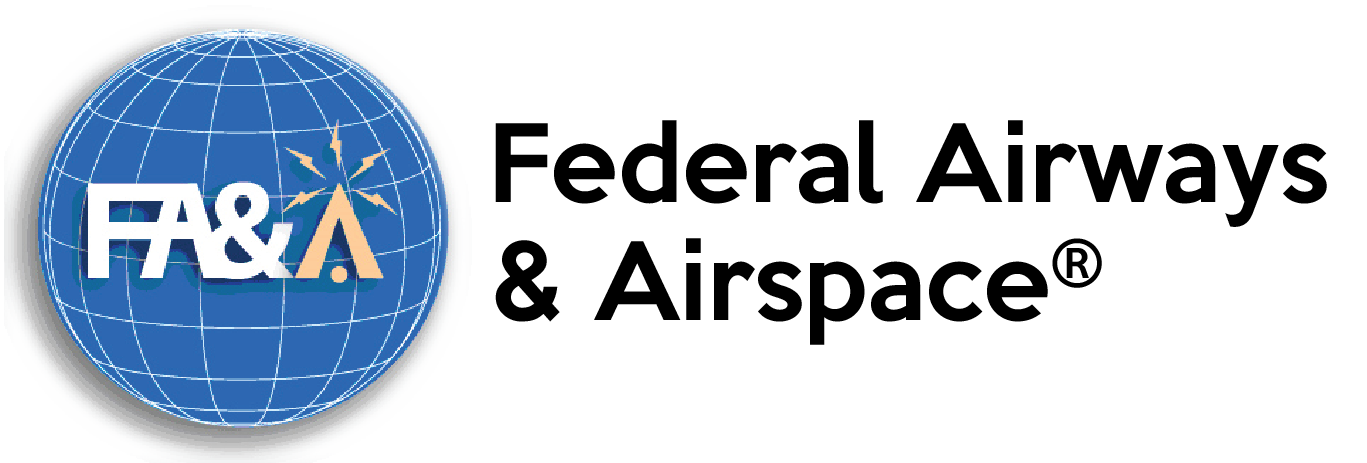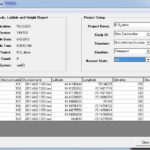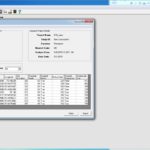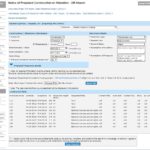
Problem
Being subjected to excessive regulatory burdens, construction delays, and obstacle lighting?
Solution
Airspace OMS T-Line includes all the reporting capabilities of Airspace and TERPS with the addition of key features specific to Transmission and Distribution. These key features were added to streamline data exchange of PLS-CADD structure data into Airspace to take advantage of automation and improve FAA compliance.
Description
Key Features include:
- Data Interchange from PLS-CADD to Airspace
- Structure Longitude Latitude and Height Report
- Batch Processing
- FAA Notice Criteria
- FAA Obstruction Standards
- EMI Screening
- Analysis Summary Window with filtering capability
- Redesigned FAA compliance summary report
- Airspace Export to Excel
- Use for multiple point Filing Submission to FAA
- TERPS Power Line Manager
- Imports PLS-CADD structure data into TERPS
Obstacle Marking and/or Lighting
Title 14 CFR Part 77 defines standards that identify when a structure or span would require marking and/or lighting. However, these standards are often the most overlooked and can cause significant problems for a project.
Common Scenarios
- Structure design didn’t take into account the loading of the line with aerial marker balls installed and cannot support the additional load.
- Lines 69kV and greater require lighted marker balls if the structure/span exceeds obstruction standards or is over 200 ft AGL.
- Designing and installing distribution structures to power obstruction lighting on those requiring lighting.
Also, there is the unbudgeted expense of the initial cost of the lighting system, monitoring service and future maintenance of the lighting system for the life of the structure.
It is imperative to identify when structures or spans early in the design when marking and/or lighting would be required. The 200 ft AGL rule only is not satisfactory as shorter structures and spans can have marking and/or lighting requirements.
Use of Airspace OMS T-Line will accurately report and identify when a structure exceeds obstruction standard limits. This insight will allow engineers to:
- Design structures to minimize FAA notice as well as marking/lighting requirements.
- Plan for marking and/or lighting requirements and avoid unexpected loading on the line.
- Plan distribution of power to obstruction lighting systems on structures.
- Avoid construction delays.
Benefits
- Leverage PLS-CADD “Structure Longitude, Latitude, and Height” report to facilitate ease in transferring proposed structure data to Airspace.
- Review and filter results for FAA notice and obstruction height limits
- Identify potential EMI impact by structures on nearby Navaids.
- Redesign structure(s) in PLS-CADD if necessary, to remain below the obstruction height limit and avoid marking and/or lighting, if desired or possible.
- Export structure data into Excel to streamline the FAA application submission process via multiple point submission.
- Manual entry of the structure data in Airspace and FAA applications is avoided.
- Typos are eliminated.



